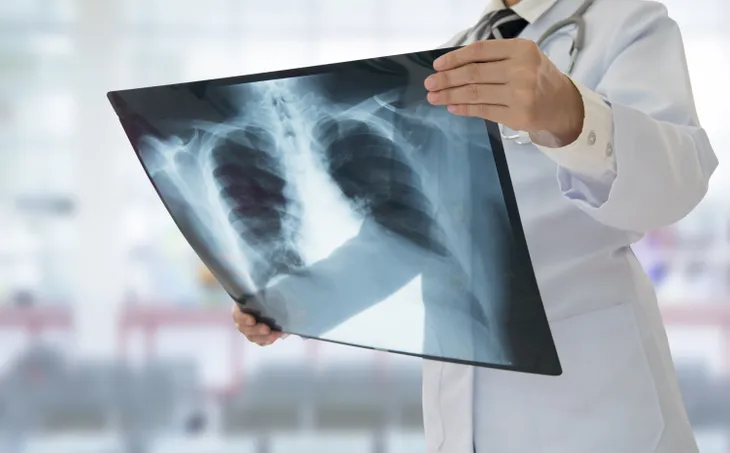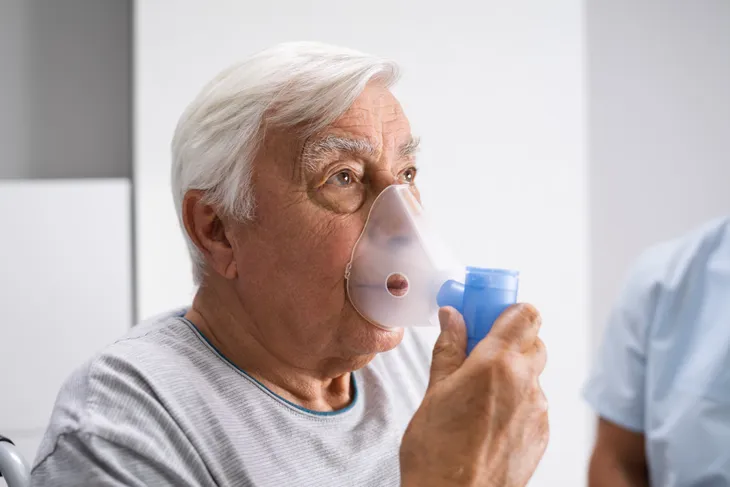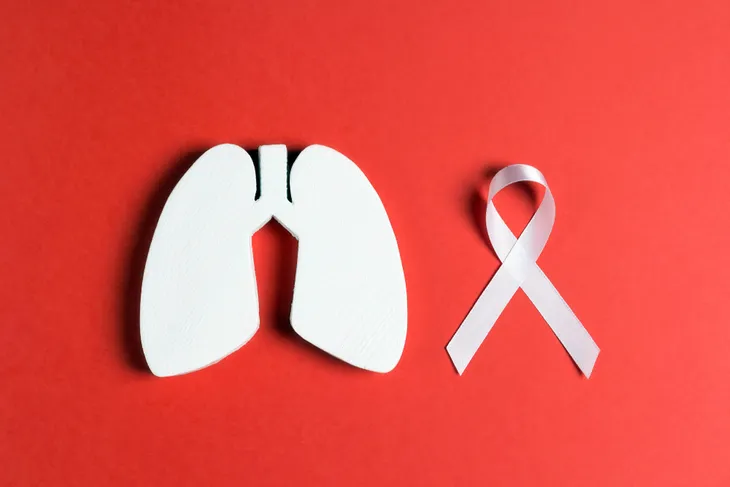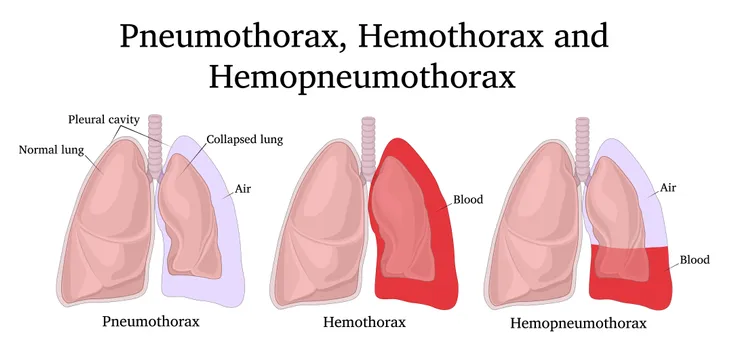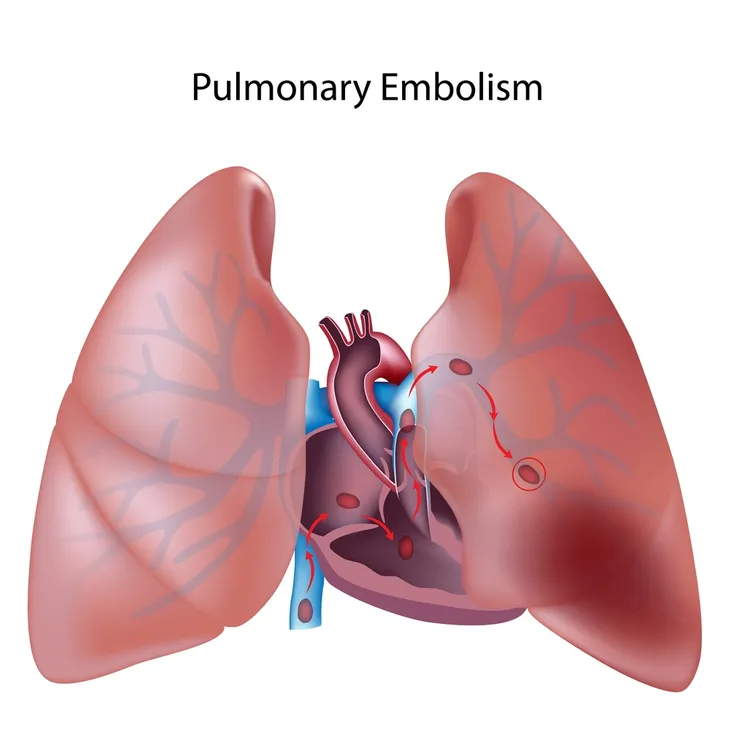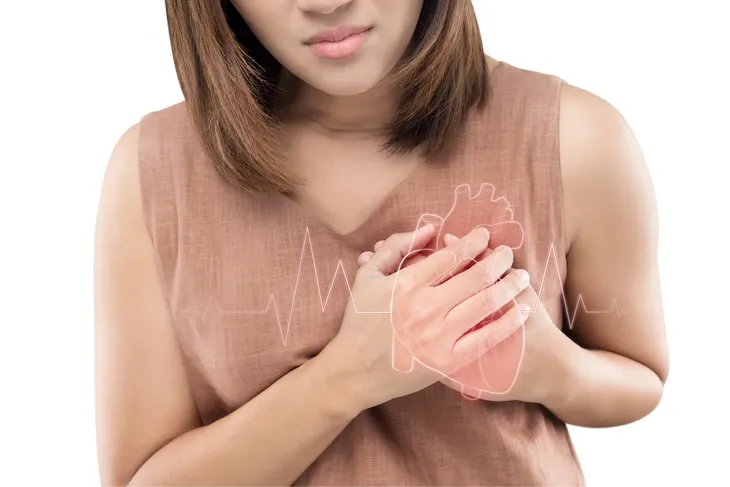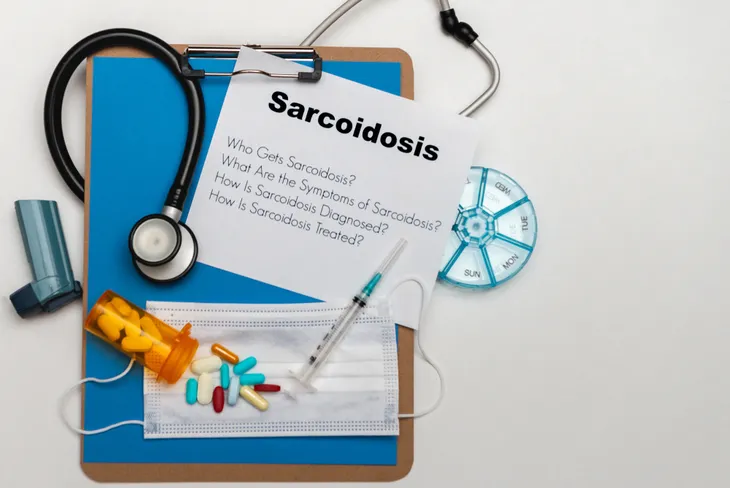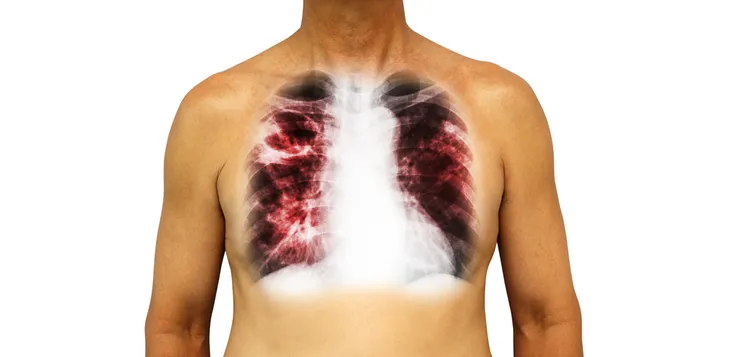Shortness of breath, known medically as dyspnea, refers to difficulty breathing and is a common complaint seen by many physicians. Its occurrence can be acute or chronic. Different individuals describe shortness of breath in various ways. Descriptions may include a tightening in the chest, a feeling of being suffocated, or an elephant sitting on the chest. Many causes of shortness of breath are innocent–such as strenuous exercise, high altitudes, extremes in temperature, and deconditioning (being out of shape). With the exception of the previous examples, shortness of breath most likely represents a medical problem and should be evaluated by a physician.
Here are twelve causes of shortness of breath…
1. Pneumonia
Pneumonia represents an infection of the lung. Microorganisms such as bacteria, viruses, or fungi may be the cause of pneumonia. Its impact on humans may be mild to life threatening. Pneumonia tends to be more serious at the extremes of age, children younger than 2 and adults older than 65. It also tends to be more devastating in individuals with pre-existing health problems or weakened immune systems. Individuals that smoke or abuse alcohol are at increased risk for developing pneumonia.
Symptoms of pneumonia may include cough, fever, shortness of breath, fatigue, chest pain, nausea, vomiting, and diarrhea. The diagnosis of pneumonia may be made with a chest X-ray. The causative agent may be determined with blood tests or analysis of phlegm. Pneumonia may be confined to one part of a lung (lobar pneumonia) or diffusely spread throughout a lung (bronchopneumonia). Complications of pneumonia may include lung abscess, bacteria in the blood, or accumulation of fluid around the lungs.
2. Asthma
Asthma is a chronic lung disease characterized by inflammation and intermittent narrowing of the airways. Airway inflammation triggers the production of excess mucus. The tightening of muscles encircling the airways causes narrowing of the airways, or bronchoconstriction. Both mechanisms result in decreased airflow to the lungs. The severity of asthma may be categorized as intermittent, mild persistent, moderate persistent, or severe persistent. Individuals in any of these categories may experience flare-ups that can be mild, moderate, or severe.
Symptoms of asthma may include cough, wheezing, shortness of breath, and chest tightness. The diagnosis of asthma may be established by tests to measure lung function. The tests are performed before and after receiving a medication to open the airways (bronchodilator). There is no cure for asthma, but it may be effectively managed with medications. Most individuals with asthma are prescribed medications for quick relief and medications for long-term control of their symptoms.
3. Chronic Obstructive Pulmonary Disease
Chronic obstructive pulmonary disease, or COPD, is a progressive lung disease that makes it difficult to get air in and out of the lungs. Progressive refers to the gradual onset of symptoms that tend to worsen over time. Cigarette smoking is the principal cause of COPD. The disease encompasses two main diagnoses—emphysema and chronic bronchitis. Most individuals have components of both diagnoses thus the general term COPD is used. Flare-ups of COPD may be occasional to frequent.
Symptoms of COPD may include cough with large amounts of mucus, chest tightness, shortness of breath, wheezing, fatigue, and weight loss. The disease may be diagnosed by tests to measure lung function, chest X-ray, and arterial blood gas analysis. There is no cure for COPD, but symptoms may be effectively managed through smoking cessation and medications. Individuals with severe disease may be candidates for surgery to reduce lung volume or lung transplantation.
4. Lung Cancer
Lung cancer represents the uncontrolled growth of abnormal cells in lung tissue. It is the leading cause of cancer deaths in the United States. Cigarette smoking causes the majority of lung cancer. There are two major types of lung cancer: non-small cell (NSCLC) and small cell (SCLC). The majority of lung cancer (85-percent) is small cell and includes adenocarcinoma, squamous cell carcinoma, and large cell carcinoma. Adenocarcinoma is the most common form of lung cancer.
Symptoms of lung cancer may include shortness of breath, persistent cough, wheezing, chest pain, hoarseness, coughing up blood, bone pain, and weight loss. Diagnosis of lung cancer can be made using imaging studies (chest X-ray, CT scan) and obtaining tissue samples via bronchoscopy (using a lighted tube passed down the throat and into the lungs). Treatment may include one or more options including surgery, chemotherapy, or radiation therapy.
5. Pneumothorax
Pneumothorax refers to the abnormal presence of air in the space between the lung and chest wall. The condition causes the partial or complete collapse of the lung. Pneumothorax may be caused by chest injury (blunt or penetrating), rupture of blebs (air blisters), lung disease, or mechanical ventilation (needing assistance to breathe). Individuals who smoke cigarettes and those diagnosed with chronic obstructive pulmonary disease (COPD) or acquired immunodeficiency syndrome (AIDS) have an increased risk of developing pneumothorax.
Symptoms of pneumothorax may include shortness of breath, excessive sweating, and sudden chest pain. Diagnosis of the condition may be made with a chest X-ray or CT scan. Treatment may entail observation, insertion of a chest tube to remove air, or surgery to seal the air leak. Individuals diagnosed with pneumothorax should avoid air travel or deep sea diving until complete resolution of the episode. Prevention can be accomplished through smoking cessation in appropriate individuals.
6. Pulmonary Embolism
Pulmonary embolism is defined as a blood clot in the lungs. The blood clot causes a blockage in one of the pulmonary arteries supplying lung tissue. The primary cause of pulmonary embolism is deep vein thrombosis (DVT), which are blood clots that develop deep in the lower extremities. Risk factors for the development of DVT and thus pulmonary embolism include cancer, major surgery, fractures of the hip or leg, obesity, and prolonged immobility.
Symptoms of pulmonary embolism may include shortness of breath, anxiety, chest pain, clammy skin, coughing up blood, and swelling in the calf. Pulmonary embolism can be life threatening and is considered a medical emergency. Diagnosis of the disease is often difficult and may include a series of tests such as blood, chest X-ray, CT scan or MRI, and pulmonary angiography (injection of dye into the arteries of the lungs). Treatment includes blood thinners to prevent the formation of new clots, while the body breaks down the original clot.
7. Anemia
Anemia is defined as a deficiency of normal red blood cells in the blood. Bleeding, decreased production, or increased destruction may cause the deficiency of red blood cells. The function of red blood cells is to carry oxygen to the cells and tissues of the body. Anemia’s effects can mild to severe and its duration can be temporary to long term. Iron deficiency anemia is the most common type of anemia.
Symptoms of anemia may include shortness of breath, fatigue, dizziness, pale skin, and chest pain. Some individuals with anemia have unusual cravings to eat ice, dirt, or clay, which is termed pica. Anemia may be diagnosed with simple blood tests. Anemia has a variety of causes that may include bleeding, malnutrition, iron deficiency, kidney disease, and genetic disorders. Each cause has its own specific treatment. Anemia is very treatable, but can be fatal if left untreated.
8. Congestive Heart Failure
Congestive heart failure (CHF) refers to the heart’s inability to pump a sufficient amount of blood to support the adequate functioning of the body. It can be acute (short-lived) or chronic (long-lived). The most common cause of CHF is coronary artery disease, which is caused by the narrowing and hardening of arteries that supply blood to heart muscle. Other causes may be heart attacks, high blood pressure, damaged heart valves, lung disease, diabetes, and abnormal heart rhythms.
Symptoms of CHF may be shortness of breath, fatigue, swelling in the lower extremities, cough, chest pain, sudden weight gain, and rapid heartbeat. Diagnosis may be made with an echocardiogram, which uses sound waves to produce an image of the heart. It’s an important test and can reveal valuable information about the heart such as its size, health of valves, and ejection fraction (an indicator of pumping ability). CHF can be managed adequately with medications and surgery or medical devices if needed.
9. Generalized Anxiety Disorder
Generalized anxiety disorder (GAD) is a psychiatric condition characterized by excessive, ongoing anxiety or worry that interferes with activities of daily living. It often develops gradually and levels of anxiety or worry may fluctuate. Stress tends to worsen the course of the condition. No one really knows the cause of GAD. Risk factors for GAD may be a shy personality, a family history of GAD, and female gender.
Symptoms of GAD may be excessive worry, shortness of breath, irritability, fatigue, trouble sleeping, nausea, vomiting, and diarrhea. A psychiatrist, who is familiar with the criteria for GAD as outlined in the Diagnostic and Statistical Manual of Mental Disorders-5th Edition (DSM-5), may make the diagnosis. The condition may be managed adequately with anti-anxiety medications and psychotherapy.
10. Pleurisy
Pleurisy is defined as inflammation of the pleura, a double membrane lining the inside of the chest cavity and surrounding the lungs. It is also referred to as pleuritis. Causes of pleurisy vary and may include infections, cancers, congestive heart failure, pulmonary embolism, certain drugs, pneumothorax, and autoimmune diseases (rheumatoid arthritis, lupus). A common complication is the accumulation of excess fluid between the layers of pleura, called a pleural effusion.
The principal symptom of pleurisy is sharp chest pain that worsens with breathing. Other symptoms may include shortness of breath, cough, fever, and shoulder or back pain. Diagnosis is evident by the presence of a pleural friction rub, which sounds like rubbing sandpaper over a surface, on examination with a stethoscope. Pleural effusions can be diagnosed with chest X-ray, CT scan, or ultrasound. The treatment of pleurisy is focused on the underlying cause.
11. Sarcoidosis
Sarcoidosis is characterized by the growth of granulomas, or clusters of inflammatory cells, in various organs of the human body. The disease can affect any organ, but most commonly affects the lungs. The exact cause of sarcoidosis is unknown, but researchers believe it may result from the body’s immune system responding to foreign substances. Risk factors increasing the likelihood of developing sarcoidosis include female gender, African-American descent, and a family history of the disease.
Symptoms of sarcoidosis may include cough, shortness of breath, wheezing, fever, fatigue, weight loss, joint pain, skin rashes, chest pain, seizures, and vision loss. The disease can be difficult to diagnose and may involve blood tests, chest X-ray, CT scan, and biopsy (a sample of tissue) to identify granulomas. There is no cure for sarcoidosis. Cases may be managed effectively with medications designed to reduce inflammation. Transplantation may be considered in cases of severely damaged organs.
12. Tuberculosis
Tuberculosis (TB) is a highly infectious disease that mainly affects the lungs. The causative agent is the bacteria Mycobacterium tuberculosis. The bacteria is transmitted from one person to another through tiny droplets released into the air through coughing and sneezing. Although TB mainly affects the lungs, it may affect other organs such as the brain, kidneys, or spine. Cases of drug-resistant TB are on the rise worldwide.
Individuals with latent, or inactive, TB do not have symptoms. Individuals with active TB may experience symptoms such as fever, fatigue, shortness of breath, coughing up blood, night sweats, and weight loss. A simple skin test may be used to determine if an individual has been exposed to TB. Individuals testing positive are referred for chest X-ray to determine if they have active TB. Individuals with latent, or inactive, TB are treated with an antibiotic for 9-months. Individuals with active TB are treated with multiple antibiotics for 12 or more months.

